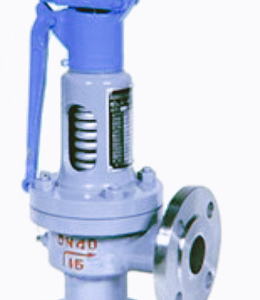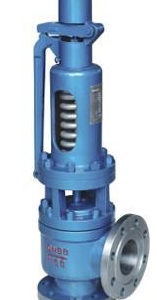PRESSURE SAFETY VALVE MANUFACTURER IN GERMANY
Valvesonly Europe leads as the premier Pressure Safety Valve manufacturer in Germany and Italy, showing a dedication to quality and expertise in meeting diverse industry demands. A pressure safety valve is like a safety guard for machines or equipment that deal with pressure, such as boilers or tanks. When pressure inside the equipment gets too high, the valve opens up automatically to release some of the pressure. It’s kind of like a pressure relief valve that prevents the equipment from getting damaged or exploding due to too much pressure build up.
Working Principle:
The working principle of a pressure safety valve (PSV) is centred around its role as a protective device for equipment and systems operating under pressure. The valve must be set to open at a predetermined pressure level, known as the set pressure or relief pressure, the PSV remains closed as pressure within the system or equipment builds up. However, once the pressure surpasses the set point, the PSV swiftly opens, allowing the excess fluid or gas to escape and relieve the pressure. This rapid opening action prevents over pressurization, safeguarding the equipment and ensuring the safety of personnel. Once the pressure within the system falls below the set point, the PSV closes again, ready to perform its protective function when needed.
Factors to keep in mind while choosing Pressure Safety Valve:
When selecting a pressure safety valve (PSV), several critical factors must be considered to ensure optimal performance and safety:
- First step is to determine the pressure point at which the PSV needs to open, known as the set pressure.
- We have to consider the operating temperature, as it affects the volume of the process medium and dictates the material requirements for valve components.
- Now , assess the amount of back pressure present, as it influences the type of PSV needed for the application.
- Evaluate the specific application and the type of process medium involved (e.g., steam, gas, liquid) to select a valve with appropriate components.
- Choose a PSV with a connection size matching the inlet and discharge piping sizes. Consider the type of connection required (e.g., male vs. female).
- Determine the maximum capacity required to ensure the PSV can handle the application’s demands safely. It’s essential to verify that the PSV can withstand the maximum capacity without exceeding its limits.
If you need customized options of valves , Valvesonly Europe is your Pressure Safety valve manufacturer in Germany and Italy , providing valves in following Description:
- Materials: Cast iron, Ductile Iron, WCB, SS304, SS316, CF8, CF8M, WC6, WCC, LCB, LCC.
- Class: 150 to 2500.
- Nominal Pressure: PN10 to PN450.
- Ends: Butt weld, socket weld, Flanged, Threaded
- Size: ½” to 60”
-
Sale!
Full Lift Pressure Safety Valve
Full Lift Pressure Safety Valve Parts name Materials Valve body WCB Seat ring,Adjusting ring,Valve guide,Adjusting screw,Stem 2Cr13,Stainless steel Bonnet,Protective cover WCB Spring 50CrVA,Spring steel Functions: Type Nominal pressure(MPa) Testing pressure Working pressure classes A41H-16C 1.6 2.4 0.1-0.14 0.14-0.2 0.2-0.3 0.3-0.45 0.45-0.65 0.65-0.9 0.9-1.2 1.2-1.6 Dimension: Dimensions(mm) 150 Lb Nominal Diameter(in) d0 D D1 D2 b […]
-
Sale!
Low Lift Pressure Safety Valve
Low Lift Pressure Safety Valve Main parts and materials Valve body WCB Disc,seat ring,Adjusting ring,Valve guide 2Cr13,Stainless steel Bonnet,Protective cover WCB Spring 50CrVA,Spring steel Function and specification Type A41H-16C Working pressure in classes PN(Mpa) 1.6 0.1-0.14 0.14-0.2 0.2-0.3 0.3-0.45 Testing pressure 2.4 0.45-0.65 0.65-0.9 0.9-1.2 1.2-1.6 Dimension: Niminal Diameter(in) d0 D D1 D2 b t […]


